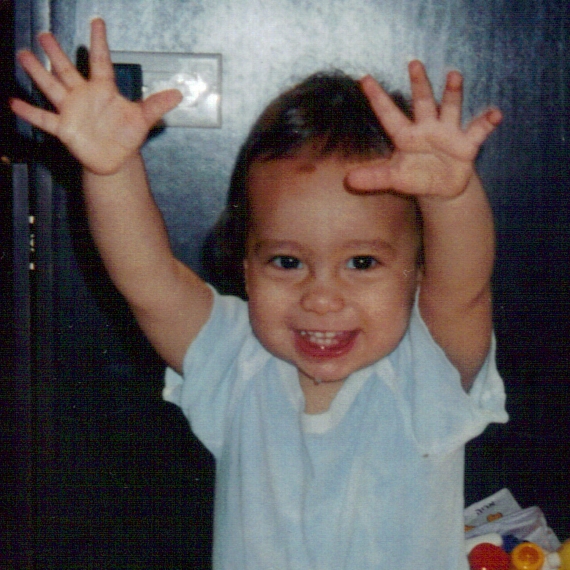Here’s the task: design a safer crib, that meets ASTM safety standards, is affordable to  low-income families, easily stored away, aesthetically pleasing, and—oh yeah, hasn’t already been designed. In brief, do what experienced professionals are doing, but do it better! This is no small feat to ask of budding engineers, but to KID, this is an essential strategy for the elimination of deaths and injuries due to poorly designed and inadequately tested products.
low-income families, easily stored away, aesthetically pleasing, and—oh yeah, hasn’t already been designed. In brief, do what experienced professionals are doing, but do it better! This is no small feat to ask of budding engineers, but to KID, this is an essential strategy for the elimination of deaths and injuries due to poorly designed and inadequately tested products.
This challenge was recently presented to University of Michigan engineering students through KID’s Teach Early Safety Testing (TEST) program. The TEST program was designed to promote the development of safe products by integrating children’s product safety, standards, and testing practices into an engineering curriculum. Other TEST projects aside from the portable crib have included the redesign of children’s high-chairs, baby monitors, baby bath seats, drop-side cribs, and more.
Since January, UMich engineering students Natalie Brown, Ethan Haller, Ian Jester, and Christa Gibara have been busy researching safety standards, designing product drafts, consulting with experts and consumers, and finally building a prototype and testing their chosen design. Through their efforts, team Safe Sleep designed a safer, cheaper, compact crib which they presented at the student Design Expo on April 17, 2014.
KID executive director, Nancy Cowles, travelled to UMich to capture their crib presentation. Reflecting on their experience Christa, Ian, Ethan, and Natalie each shared with Nancy what they learned through TEST. As Ian summarized, “what I’ve learned from this project is the amount of analysis that needs to go into designing something as simple as a crib, one might not think that there is lot of work involved in doing something like that… it was something that I will take away and be able to use in my future career.”
Future engineers, such as the members of team Safe Sleep, are the key to product safety. Investing in their education is an investment in the safety not just of children’s products, but any products they might go on to design and test. Through the TEST program, KID helps deliver a powerful learning experience that teaches the importance and process of designing and testing for product safety.
To get involved with the TEST program, or if you know of an engineering program or professor who would be interested in collaboration, please email Nancy Cowles or call us at 312-595-0649.



1 Comment
Bruna
It would have been impossible for CPSC to diuisngitsh between safe and unsafe cribs for sale. And the issues the standards address go far beyond drop-side failures. Retrofitted cribs that are certified to meet the new standard with the retrofit can still be sold. We don't deny that the transition to the newer stronger standard has been difficult only that it is necessary.